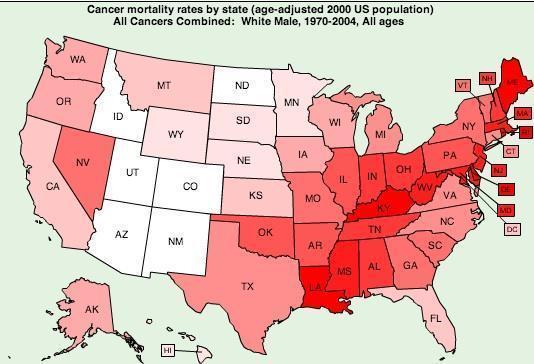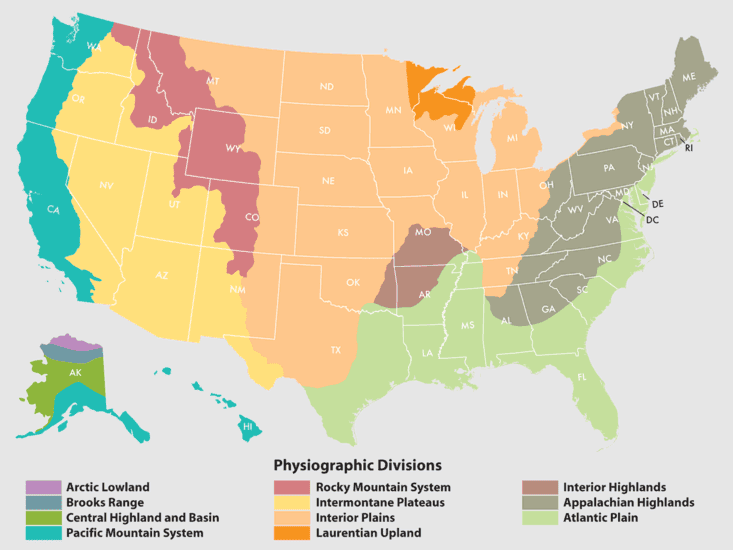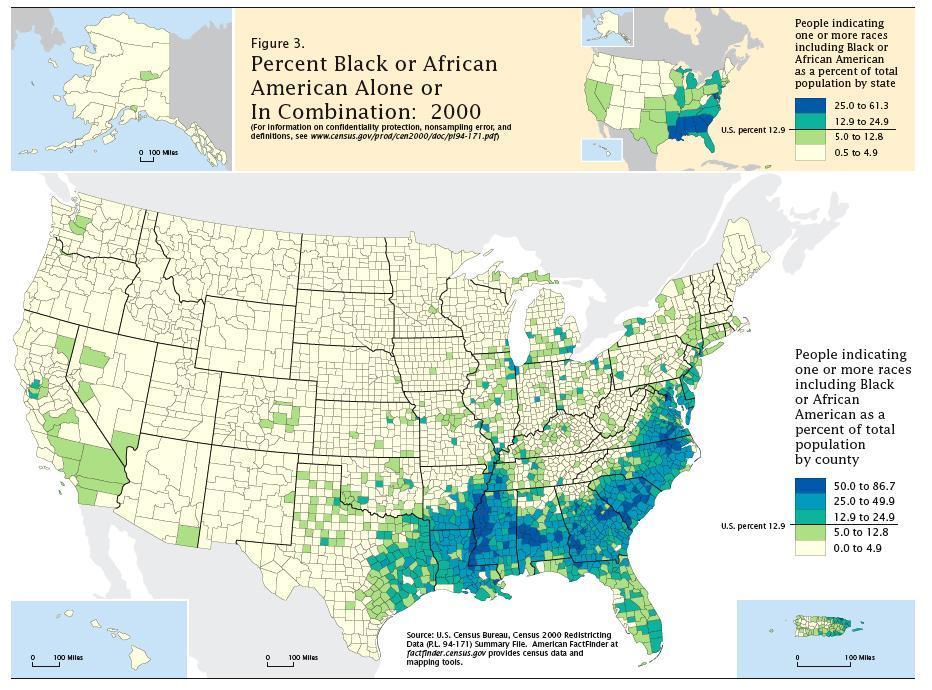Amazoniac said:What are some commonalities among long-lived populations, for those familiar with them?
Slight caloric restriction?
Moderate protein?
Move frequently at slow pace?
Simple lifestyle?
Respect for the Circadian rhythm?
A natural, non-industrialized diet?
Low environmental stressors?
I don't have a wide perspective on this, but remember reading of a study that showed significant lifespan differences between geographically close valleys in China with similar culture and diet habits, climate, etc, but much higher mineral levels, esp calcium, in the natural water sources that the longer-lived population were drinking and irrigating crops with, because of different rock composition in the watershed.






